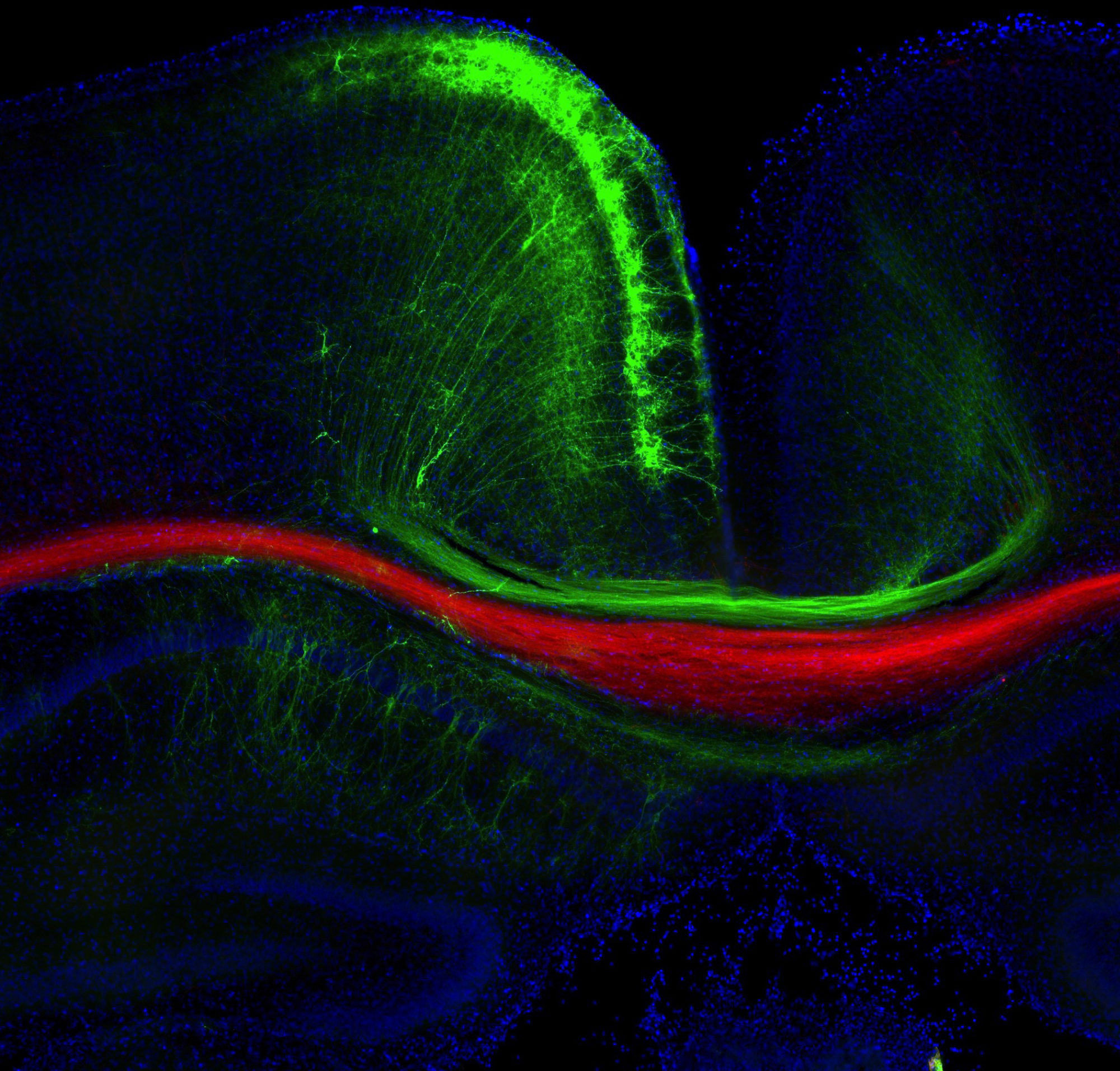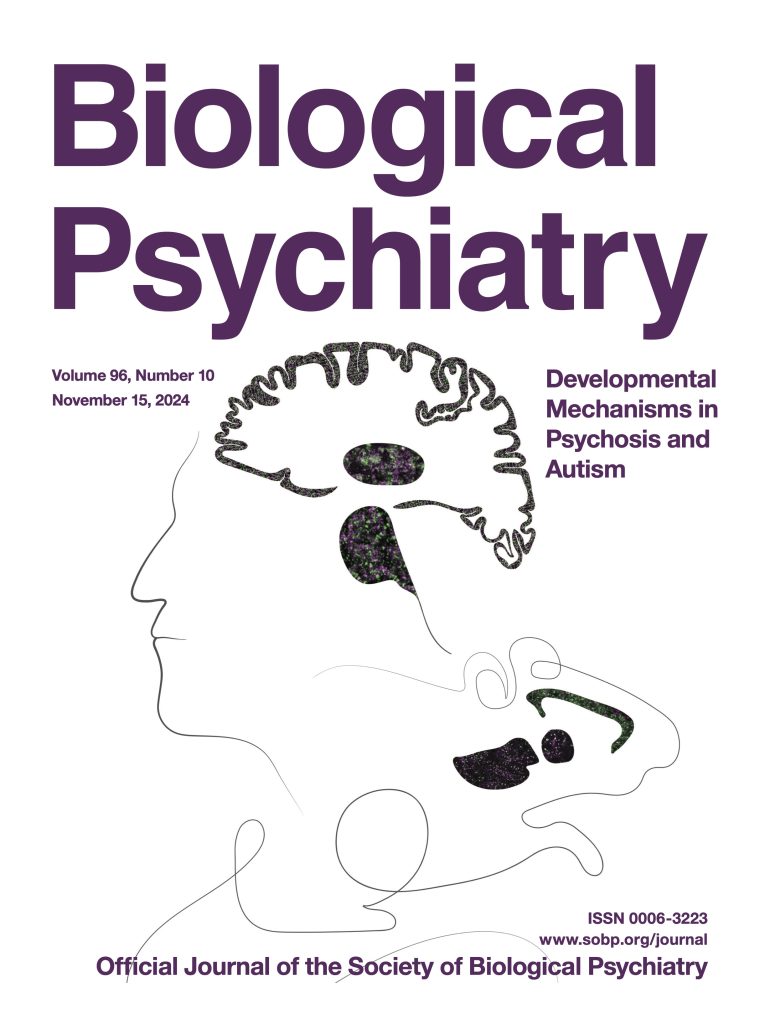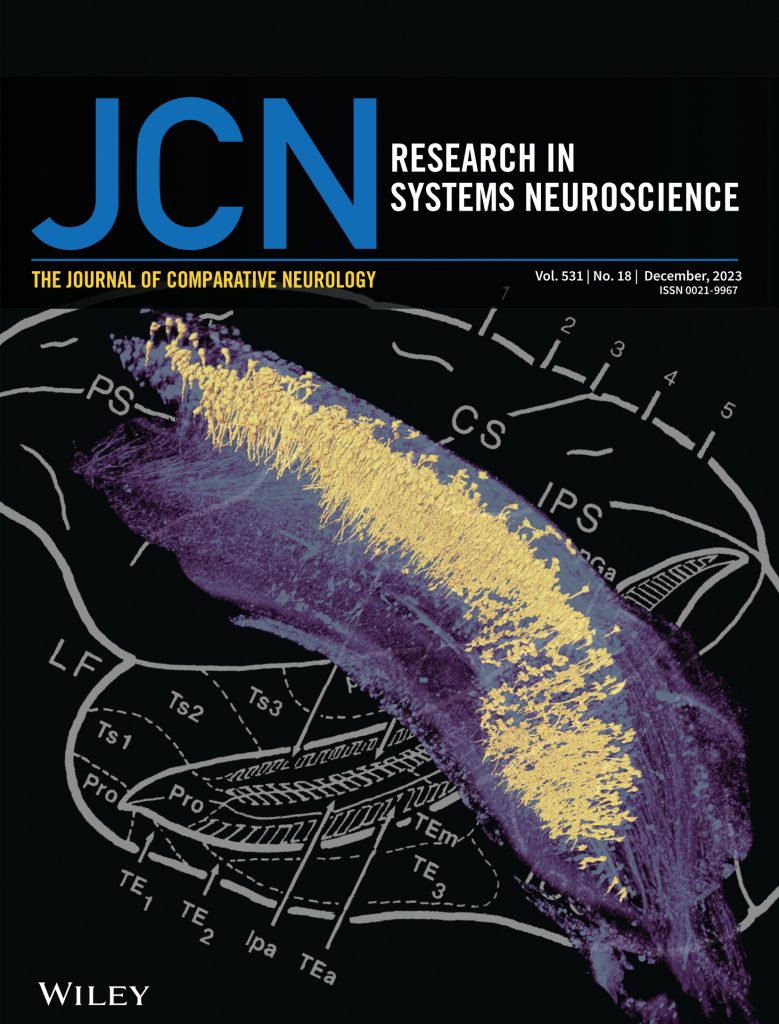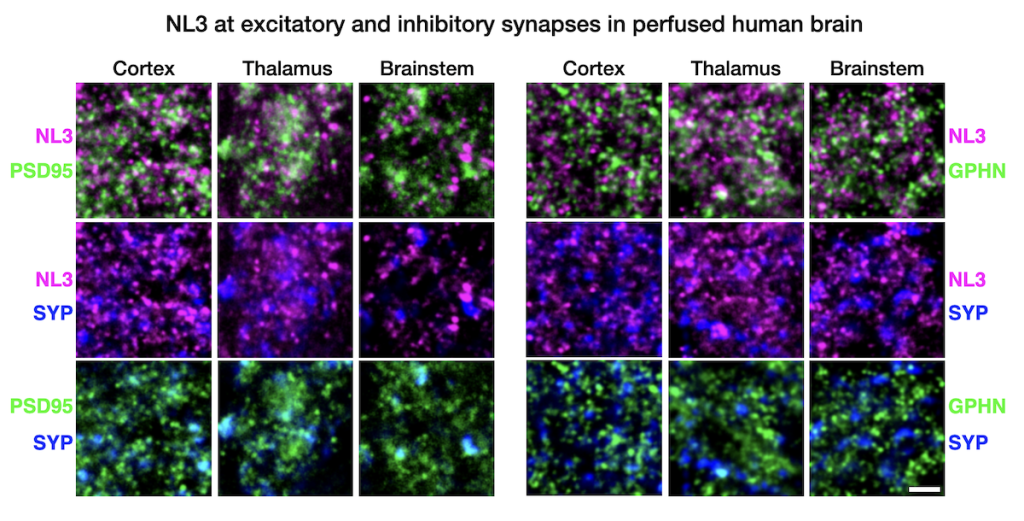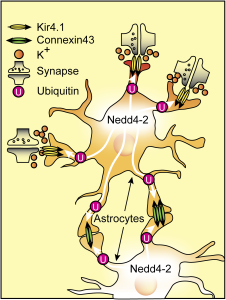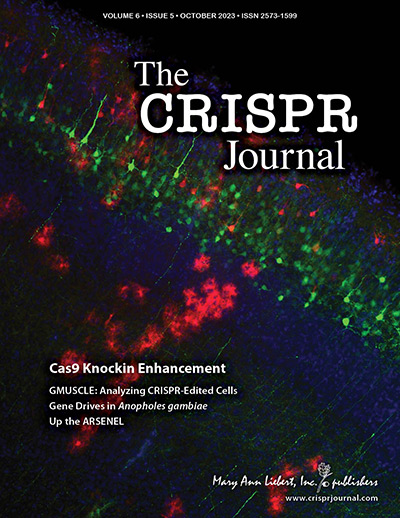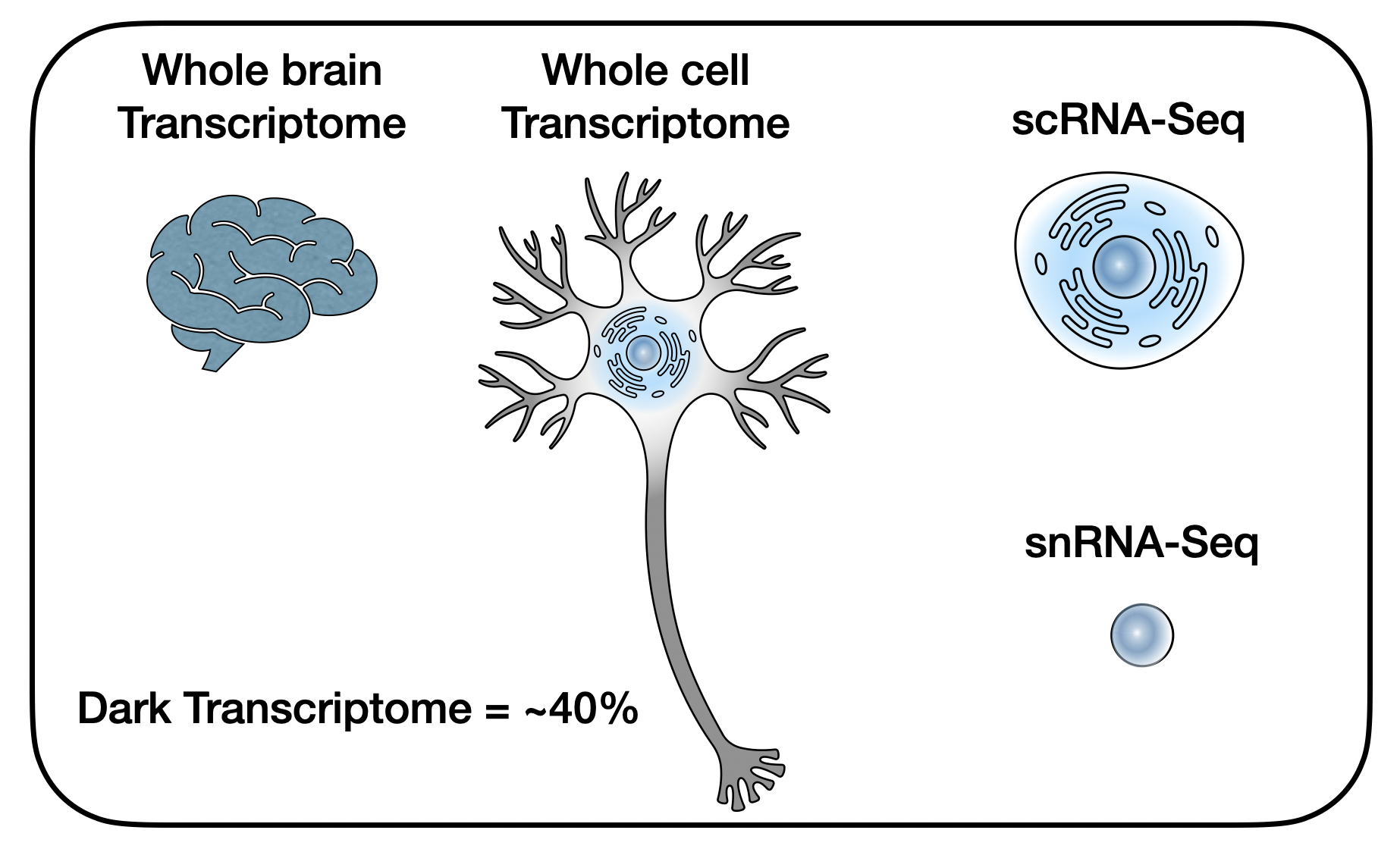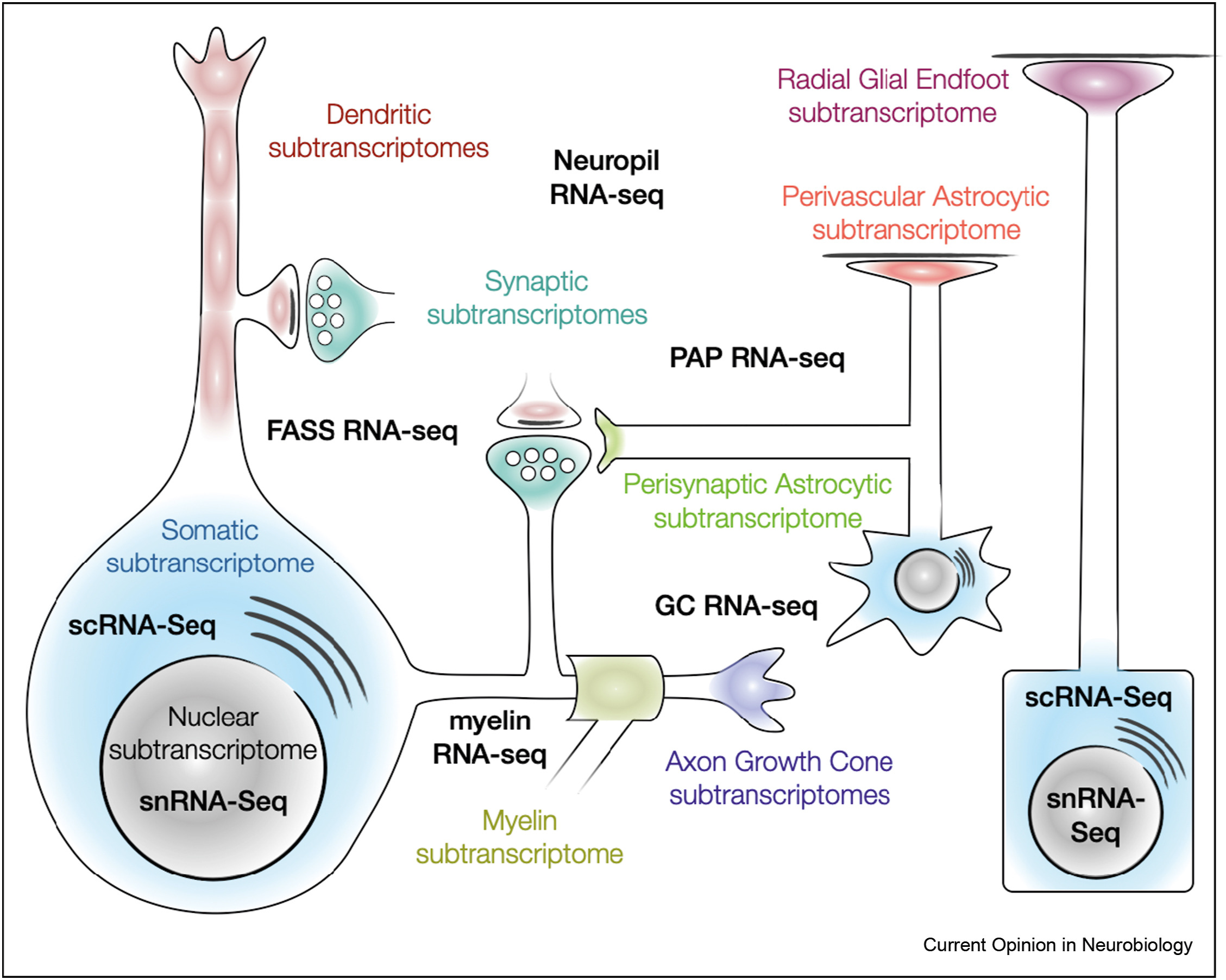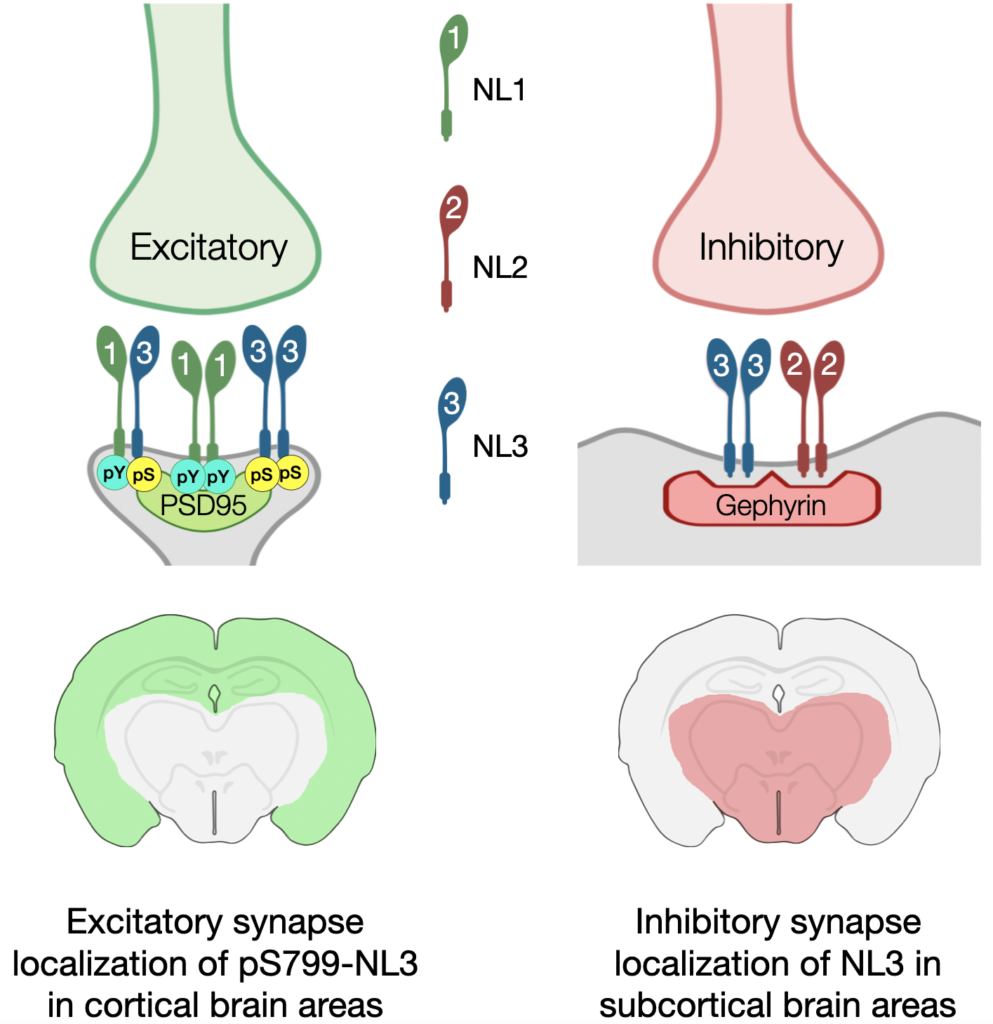
For all genome editing fans out there, check out our latest study on bioRxiv showcasing in utero prime editing to model an epilepsy patient with an ultra-rare GRIN variant. To our knowledge, this marks a significant milestone as the first prime editing of neurons in vivo!
Led by Colin Robertson in our lab, alongside Patrick Davis from Boston Children’s Hospital and Harvard Medical School, this ambitious project aims to make precision medicine more accessible to a broad patient population. This rapid workflow to generate personalized animal models with prime editing we hope is a step toward enabling individuals with rare genetic epilepsies to test and tailor pharmacotherapy on their personalized models, reducing the burdens of exploring treatments.
A big thank you for the collaborative efforts of the team, including our partner UM-MIND labs of Peter Crino, Phil Iffland, Steffen Wolff, Brian Mathur, and Ivy Dick; as well as our wonderful collaborators from U Pitt, Eldin Jašarević, and UC Anschutz, Tracy Bale! Thank you all for this achievement and the fantastic collaboration we enjoy!
We look forward to this research advancing toward bedside-to-bench applications!
